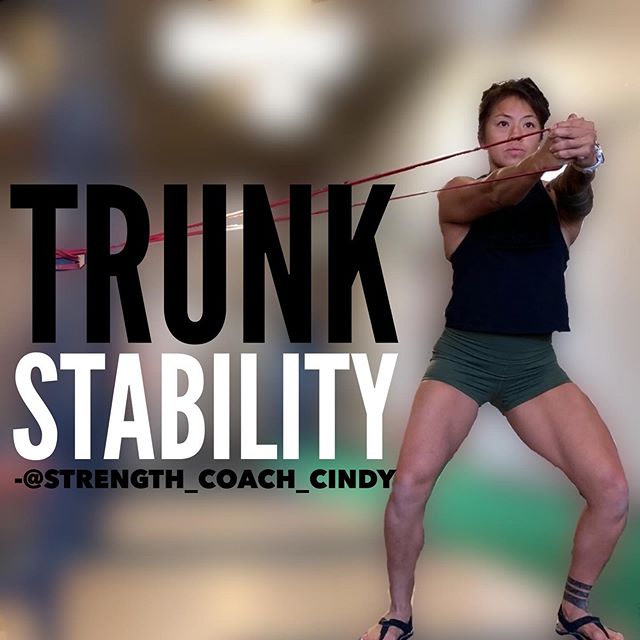Youre only as strong as your weakest link. Core muscles are responsible for stabilizing the spine and pelvis as well as generating and transferring energy from the center of the body to its extremities. Developing core strength and stability enables you to maximize power output and perform complex movements that require coordination, balance, and technical skills. Additionally, focusing on core strength can help stabilize other weak areas to reduce the risk of injury. General population and strength athletes I coach will always have some form of core stabilization exercises. Sticking with basics will always be your best bet, but increasing difficulty to provide a challenge is always good provided proper mechanics. .
.
Improving core strength and stability can also help reduce their risk of injury. Low back pain is a common complaint and a complex one to solve. Focusing on core strength can help stabilize weak injury-prone areas and rehabilitate lower limb injuries. When the core is weak relative to the body, it becomes accustomed to overusing other muscle groups to produce the desired force in any movement. Generally, this puts more strain on muscles to generate energy and on joints to transfer it. Combining these exercises with proper breathing gets you a gold medal in my book. More on that in a future post.
.
.
Here are some basic exercises:
.
Bird Dog— Your shoulders and hips should remain square to the floor without your low back hyperextending. You can use a ball on your low back for instant feedback. Opposite leg and opposite arm moves simultaneously.
.
.
Star Fish Plank— Your shoulders and hips should remain square to the wall in front of you. Dont allow the hip to dip and keep a straight line as much as you can. While staying staying in a side plank move your top leg up and down.
.
.
Pall-off Press: An anti rotation exercise. The key here is to focus on bracing your entire core to resist the pull of the cable. Don’t lean to the side or let the cable jerk your arms across your body
.
.
#strengthcoach #oaklandstrength #corestability #trunkstability #coreexercise
.
Here’s the video:

